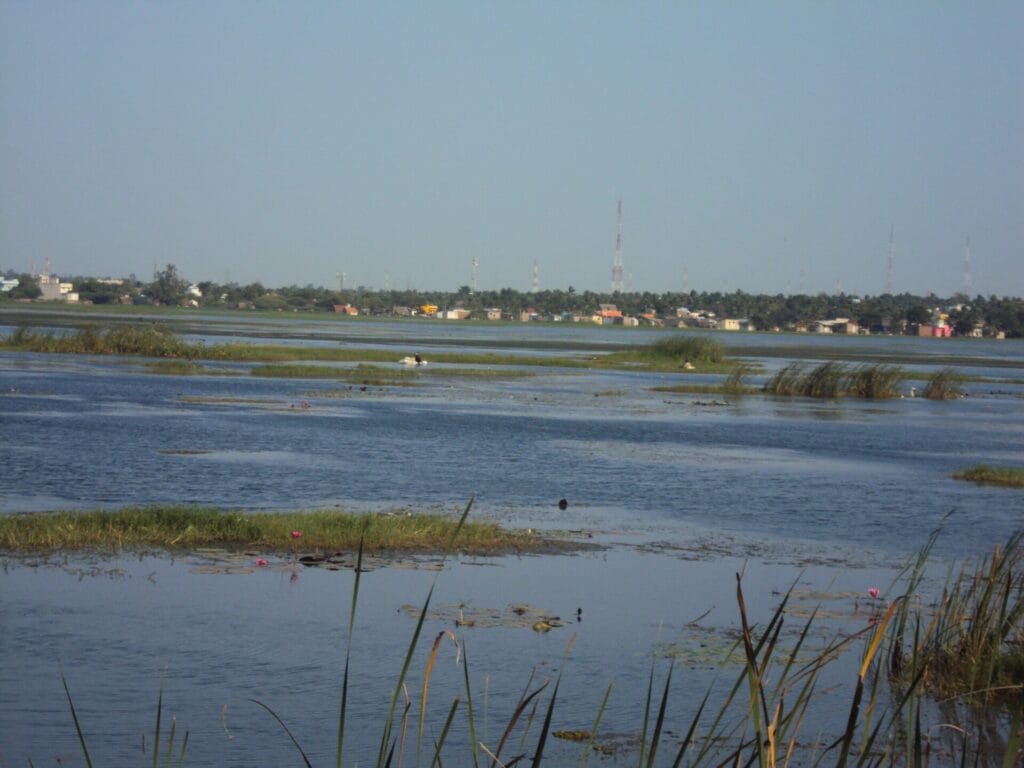Delhi’s AQI still ‘very poor’
After a brief period of relief, air pollution in Delhi surged again on November 22, according to the Central Pollution Control Board (CPCB). The capital recorded the highest Air Quality Index (AQI) in the country at 393, placing it in the ‘very poor’ category. Hajipur in Bihar followed closely with an AQI of 389. By the evening of the same day, Delhi’s AQI deteriorated further to ‘severe’, reaching 401.
The Decision Support System (DSS) of IITM Pune said that vehicle emissions are responsible for 15.16% of the pollution in Delhi, even as smoke from industrial units contributed to 2.87%. On November 21, smoke from stubble burning led to 17.9% of the pollution.
The state government has asked 50% of the workforce to work from home and mandated staggered office timings. Under Stage IV of the Graded Response Action Plan (GRAP), there is a ban on truck entry, except for vehicles with essential items or using fuels such as LNG, CNG, BS-VI diesel, or electric power. Non-essential, light commercial vehicles from outside are not allowed unless they are operated on CNG, BS-VI diesel, or electricity. Construction on public projects has also been halted.
The Commission for Air Quality Management (CAQM) mandated the closure of schools in Delhi and NCR districts under GRAP.
Source: Jagran.com, Indiatoday.com, Hindustan Times
Read More: Living amid chronic air pollution: Delhi women tell their stories through art
Hyderabad nation’s ‘fastest-growing’ city
According to the London-headquartered independent property consultancy, Knight Frank, Hyderabad is the ‘fastest-growing city‘ in India, ahead of six other metros — Bengaluru, Mumbai, Ahmedabad, Delhi, and Chennai. The city leads due to robust infrastructure, rising real estate demand, an expanding population of ultra-high-net-worth individuals (UHNWIs) and HNWIs, and proactive policies.
Bengaluru is the second fastest-growing city, due to its talent pool and dynamic business ecosystem fueling entrepreneurship. Mumbai-MMR, the financial capital, showed steady growth across all metrics, while Delhi-NCR ranked best in physical infrastructure and governance.
Knight Frank India looked at 49 subfactors including economic ability, quality of life, demographic assessment, infrastructure and real estate development, for which data was collected through government and private sources. The four key parameters were — socio-economics, real estate, physical infrastructure and governance.
Source: Deccan Herald, The Times of India
Delhi Solar portal flagged off
The Delhi Solar Portal, a single-window application and tracking site for installing rooftop solar panels, was launched on November 20 by Chief Minister Atishi. It is expected to achieve the target of 750 MW rooftop solar power generation. The portal operates under the solar power policy launched in March.
The portal will feature a solar calculator to estimate rooftop power generation capacity and potential savings. It will also provide a list of vendors and solar plant rates. Applications for net metering and subsidies can be submitted through the portal.
Source: Indian Express
Action to stop flooding in Chennai
For sustainable solutions to Chennai’s inundation issues, the Water Resources Department (WRD) has suggested interventions in the southern and western areas of the city. It also shared suggestions with the Greater Chennai Corporation (GCC), which will assist the WRD with funds and implementation.

Heavy rains usually lead to waterlogging in Ambattur Industrial Estate and Korattur, due to the insufficient carrying capacity of the water bodies in the area. The plan is to build a 5-km channel from the Ambattur surplus course to the Cooum along Chennai Bypass Road, at ₹130 crore. It is expected to drain about 350 cubic feet per second (cusecs) of water into the Cooum, reducing flooding around Ambattur Lake.
Meanwhile, activists from the Korattur Aeri Pathukappu Makkal Iyakkam (KAPMI), protested near the Chennai Metrowater office in Mogappair on November 15th, against the discharge of sewage pollution into the lake.
Source: The Hindu
Read More: Chennai floods and the real estate conundrum: Need for sustainable solutions
Tilting 5-storey building in Hyderabad demolished
A five-storey building in Siddiq Nagar of Madhapur was demolished on November 20th, as it was found unsafe for its occupants and their neighbours. According to officials from the Greater Hyderabad Municipal Corporation (GHMC) and the Hyderabad Disaster Response and Asset Protection Agency (HYDRAA), the 50-square-yard plot, built three years ago, had four floors and a penthouse. Deep digging for construction on a nearby site had caused the building to tilt.
About 35 to 40 residents from the building and surrounding areas were evacuated, Police complaints against the owners of both properties were filed for alleged violations of norms.
A GHMC official said an inquiry has been ordered to find out if the owner had obtained valid permission for the construction of a five-storey building on a small plot.
Source: The Hindu
[Compiled by Revathi Siva Kumar]